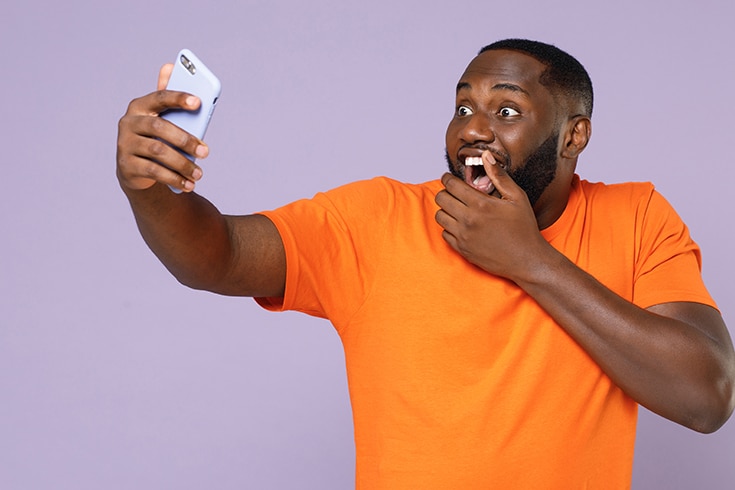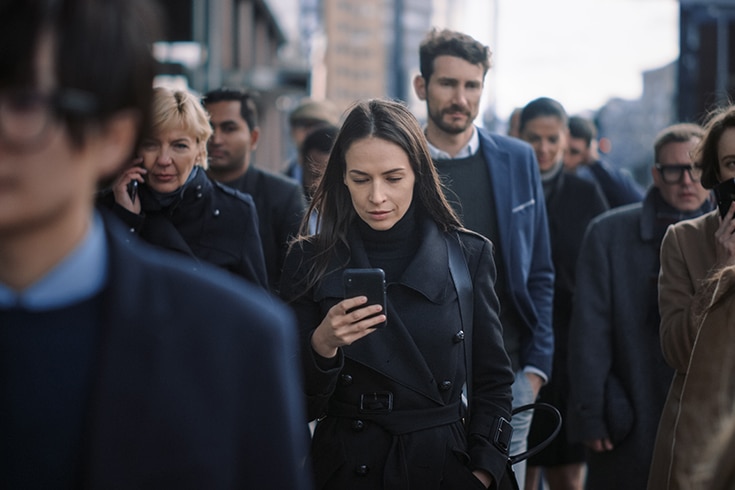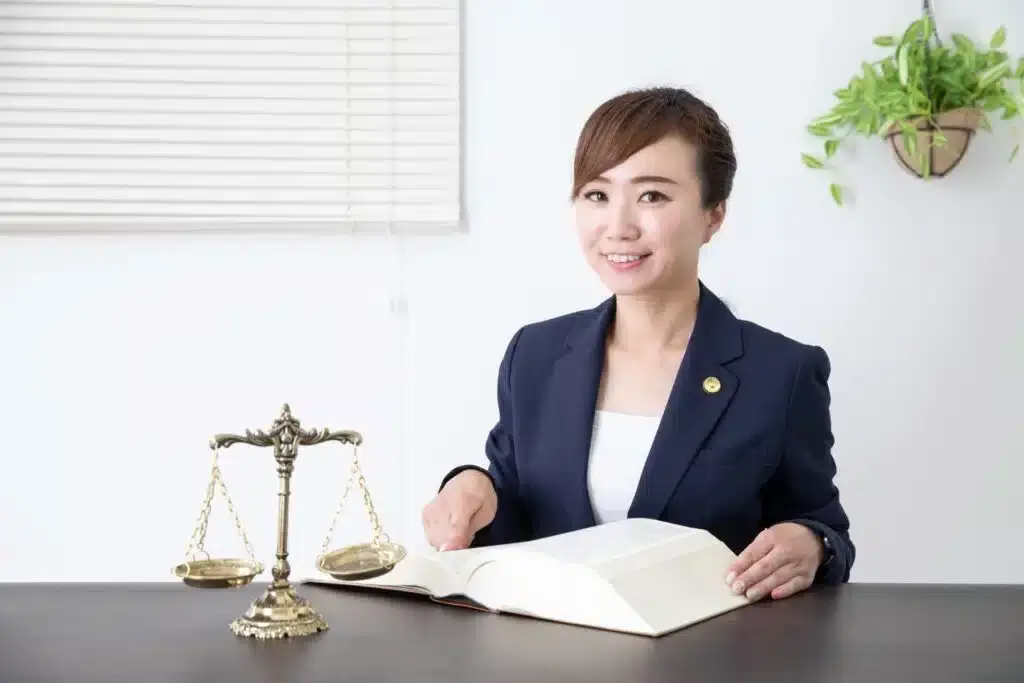What are the Key Points of YouTube's Terms of Service? A Lawyer Explains What to Watch Out for When Posting Entertainment Videos

When filming and publishing YouTube videos, it’s important to not only comply with the law, but also to pay attention to YouTube’s terms of service and other regulations.
If you violate these terms and regulations, your hard-earned video may be deleted, and in some cases, you may even face measures such as channel bans.
However, as we will discuss later, YouTube’s terms of service can be a bit complex.
It can be difficult to understand which parts of the terms and regulations you should read when filming and publishing certain types of videos.
In this article, we will explain the parts of YouTube’s terms of service and other regulations that are particularly problematic when filming and publishing entertainment and variety videos.
Structure of YouTube’s Terms of Use and Other Regulations

There are, broadly speaking, three ‘terms’ that exist on YouTube.
- Terms of Use
- Community Guidelines
- Various Policies, etc.
The relationship between these can be a bit difficult to understand, but the basic structure is that the Terms of Use are abstract, and the Community Guidelines and Various Policies, etc. are what make them concrete.
Therefore, in this article, we will focus on the Community Guidelines and Various Policies, etc., and proceed with the explanation.
Prohibition of “Harmful or Dangerous Content”
As stipulated in the Community Guidelines, content that promotes “dangerous or illegal activities that pose a serious risk of physical harm or death” is prohibited. In relation to so-called entertainment and variety videos, the following are often problematic:
- Extremely dangerous challenges
- Dangerous pranks or pranks that make people feel threatened
These are the types of content that are often flagged as problematic.
Reference: Harmful or dangerous content policies – YouTube Help[ja]
Originally, YouTube was known as a media platform where even extreme content that could not be broadcast on television could be posted. However, especially recently, extreme videos that involve life-threatening challenges or extreme pranks may be removed.
While there are no clear standards for this issue, it would be safe to say that it is best to avoid videos that use “extremity” as a selling point.
Prohibition of “Shocking Content”
Similar to other regulations, there is a prohibition clause for “shocking content” in the “Google Site Operator / Publisher Restricted Content”, one of the various terms and conditions. The following are prohibited:
・Grim, graphic, or disturbing descriptions or images
Example: Blood, organs, gore, sexual fluids, human or animal excrement, photos of crime scenes or accident sites・Content depicting violent acts
Example: Gunfire, explosions, descriptions or images related to bombs, execution videos・Content containing excessively obscene or blasphemous words
Google Site Operator / Publisher Policy – AdSense Help[ja]
Example: Variations of words expressing curses or blasphemy
However, it can be generally said that while the regulations in various terms and conditions are indeed specific, they also include things that one could imagine would be “prohibited” even without being told. It should be clear that things like blood, excrement, and gunfire are not acceptable even without being told.
Also, even if it does not fall under these categories, if it is judged to fall under the above “harmful or dangerous content”, it will be subject to deletion, so caution is necessary.
Prohibition of “Dangerous or Defamatory Content”
Similar to the prohibition of “shocking content” mentioned above, the “Google Site Operator / Publisher Restricted Content” also includes a provision for “dangerous or defamatory content”. In relation to entertainment and variety videos, the following could be problematic:
・Content that threatens oneself or others, or encourages physical or mental harm
Example: Content encouraging self-harm behaviors such as suicide, refusal to eat, or other health or medical issues・Content that promotes or encourages harmful claims or actions (omitted)
・Content that contradicts reliable scientific consensus related to current serious health crises
Google Site Operator / Publisher Policy – AdSense Help[ja]
For instance, extreme diet plans could potentially fall under the above categories. Additionally, YouTube has been seen to prohibit medical misinformation.
Twitter has also issued a statement to remove misinformation related to the so-called novel coronavirus. It can be said that the spread of irresponsible misinformation, even if it is legal in relation to laws and regulations, is often prohibited in relation to the terms and conditions of each SNS.
https://monolith.law/reputation/removal-of-hoaxes-about-coronavirus[ja]
Prohibition of Content Related to the Sale and Abuse of Alcohol

Furthermore, content related to drinking, which is a genre of extreme videos, is prohibited under the “Content Related to the Sale and Abuse of Alcohol” in the “Google Site Operator / Publisher Restricted Content”. The following are prohibited:
・Content promoting the online sale of alcoholic beverages
・Content encouraging irresponsible consumption of alcohol
Google Site Operator / Publisher Restricted Content – AdSense Help[ja]
Example: Depicting excessive drinking, binge drinking, and drinking competitions as favorable actions
It is important to note that videos that get excited by drinking in one go, or depicting “excessive drinking” as a “favorable action”, will be subject to deletion, not age restriction.
Provisions Regarding “Child Safety”

Given that YouTube has a large number of child viewers, it has established regulations concerning:
- Prohibited matters
- Matters that may be subject to age restrictions (although not prohibited)
These regulations are in place to ensure child safety.
Prohibited Matters
Content that endangers the mental and physical health of minors is prohibited. In relation to entertainment and variety videos, this often includes:
- Harmful or dangerous acts involving minors
- Content that involves minors in adult-oriented topics
These are often the cases that cause problems.
Reference: Child safety policy – YouTube Help[ja]
Although this is somewhat abstract, it can be said that the judgment on the “extremity” of the content becomes stricter, especially when minors appear in the video.
Furthermore, YouTube does not necessarily prohibit videos on adult-oriented themes. However, involving minors in such content can lead to its removal. For example, videos that use children as interviewers for adult themes would fall under this category.
Matters That May Be Subject to Age Restrictions
These are matters that, while not leading to video removal if violated, may result in age restrictions being applied, thereby preventing children from viewing the content. These include:
- Harmful/dangerous acts that minors may imitate
- Adult themes in family-oriented content
- Vulgar language
“Vulgar language” alone can lead to the application of age restrictions, so caution is necessary. The “beep” sound often heard on television is thought to be used with these regulations in mind.
Provisions for “Age-Restricted Content”
Furthermore, there are somewhat specific provisions for age restrictions in the “Community Guidelines” and “Age-Restricted Content”. In relation to entertainment and variety videos, these include:
- Videos containing adults participating in dangerous activities that minors can easily imitate, such as handling explosives or injury-prone challenges
- Videos where personalitys strike poses intended to arouse sexual excitement in viewers
- Videos where personalitys are dressed inappropriately for public places (such as in underwear)
- Videos that include extremely offensive expressions in the title, thumbnail, or associated metadata
- Videos that focus on the use of offensive expressions, such as compilations or clips taken out of context
These could potentially cause problems. It can be said that so-called extreme videos, such as “injury-prone challenges”, are cautioned against in various parts of YouTube’s terms of service.
As such, “injury-prone challenges” are subject to age restrictions, and “shocking content” is subject to removal. However, the line between these is not always clear. Basically, it would be safer not to post such videos.
Protection of Privacy

YouTube’s “Various Policies” are complex in structure. However, in the “Privacy and Safety Center” and “Privacy Resources” sections, “Protection of Personal Information” is stipulated as a potential issue, even in cases such as passers-by appearing in entertainment and variety videos.
Reference: Protection of Personal Information – YouTube Help[ja]
In the “Privacy Guidelines” within these sections, the following standards are indicated:
If an individual can be uniquely identified, the content may be subject to removal. When deciding whether to remove content due to privacy infringement, public interest and notoriety are also considered.
Being uniquely identifiable means that the video contains enough information for others to identify the individual. Simply being able to recognize the individual in the video does not constitute being uniquely identifiable.
For example, if only a first name is given without any other information, or if the individual is only briefly shown, it cannot be said that they are uniquely identifiable.
YouTube Privacy Guidelines – YouTube Help[ja]
This is similar to the legal protection of privacy in Japan. However, the standard that a video immediately becomes subject to removal if an individual can be “uniquely identified” (even with reservations) can be considered somewhat strict.
https://monolith.law/youtuber-vtuber/portrait-rights-uploading-location-videos-on-youtube[ja]
If a person appearing in the video notifies of a privacy violation, the video uploader is given a 48-hour grace period to delete or edit the personal information in the video.
If the video is deleted within 48 hours, the complaint procedure ends. If the video remains on YouTube after 48 hours, the management will conduct a verification process, and if it is determined to be a privacy violation, actions such as removal of the video will be taken.
Summary
As discussed above, it can be said that YouTube has set relatively strict standards, including the prohibition of extreme videos such as drinking, and the protection of children.
Even if it is “not illegal under the law”, if you violate the terms, your video will ultimately be removed.
When filming and publishing entertainment and variety videos, it is necessary to pay attention to these terms and conditions.
Introduction to Our Firm’s Measures
Monolith Law Office is a legal office with high expertise in both IT, particularly the internet, and law. In recent years, we have been handling many advisory cases for YouTubers and VTubers, who are becoming popular online.
As channel operations and contract-related matters increase, the need for legal checks is also growing. At our firm, lawyers with specialized knowledge are in charge of these measures.
Please refer to the following article for more details.
Category: Internet





















